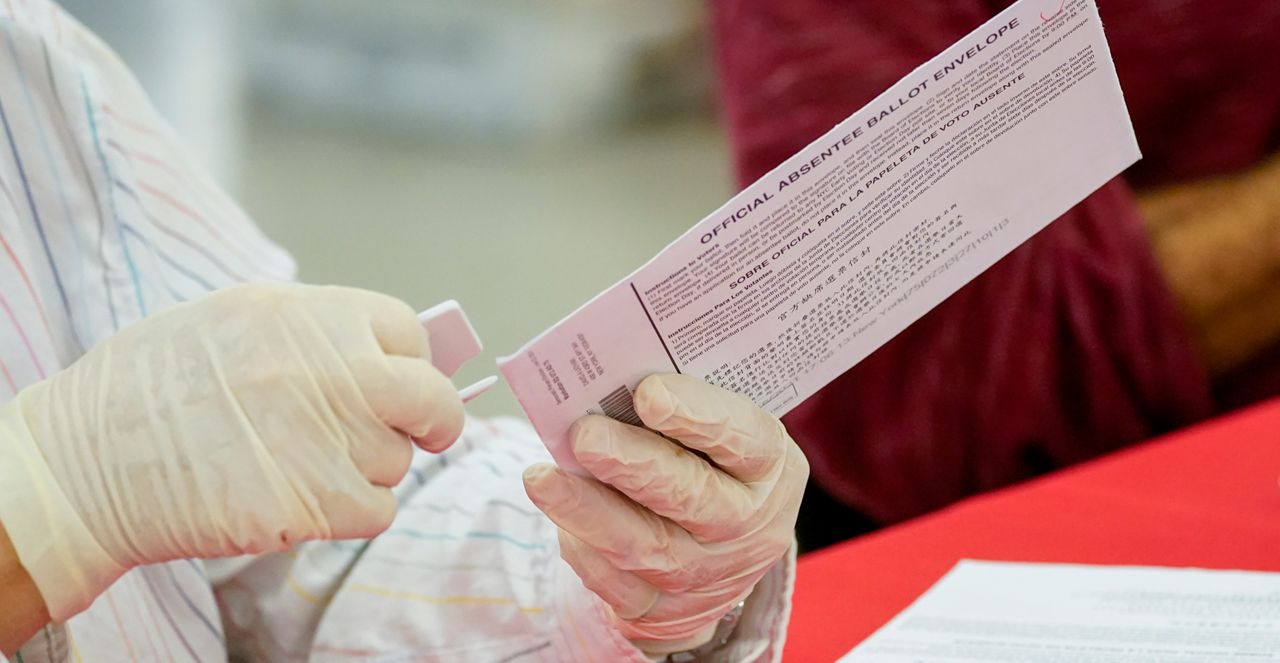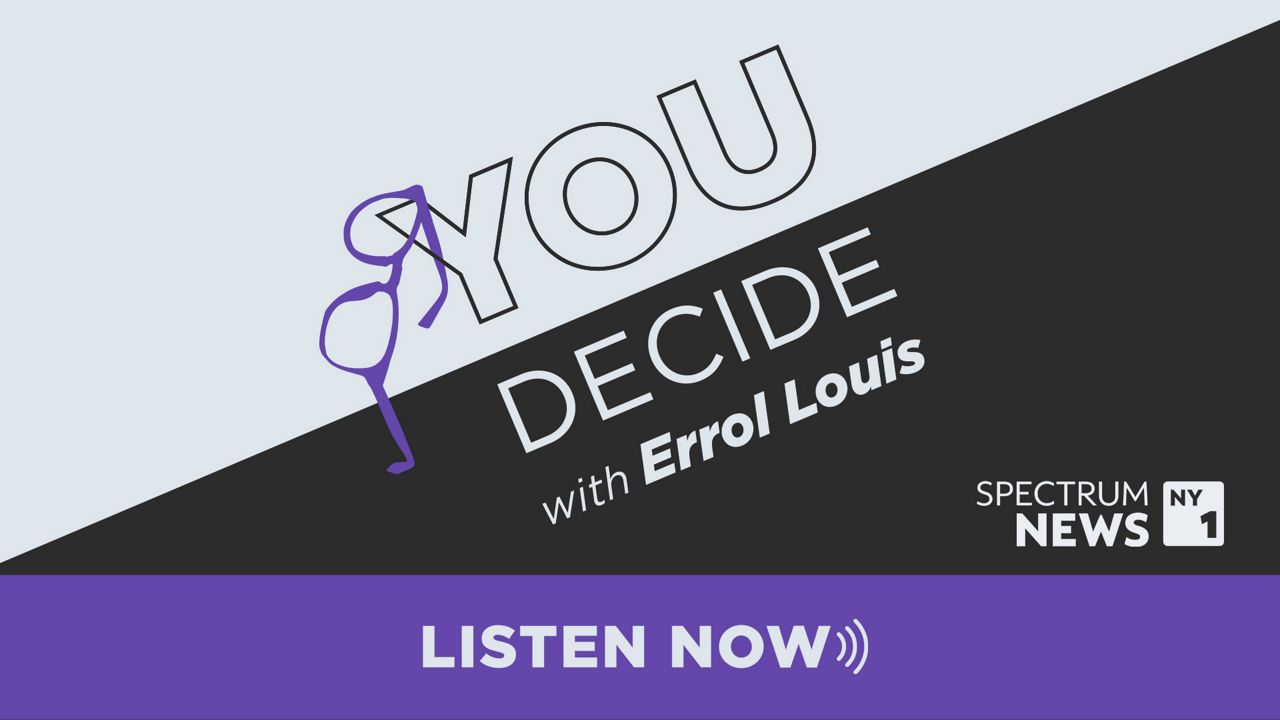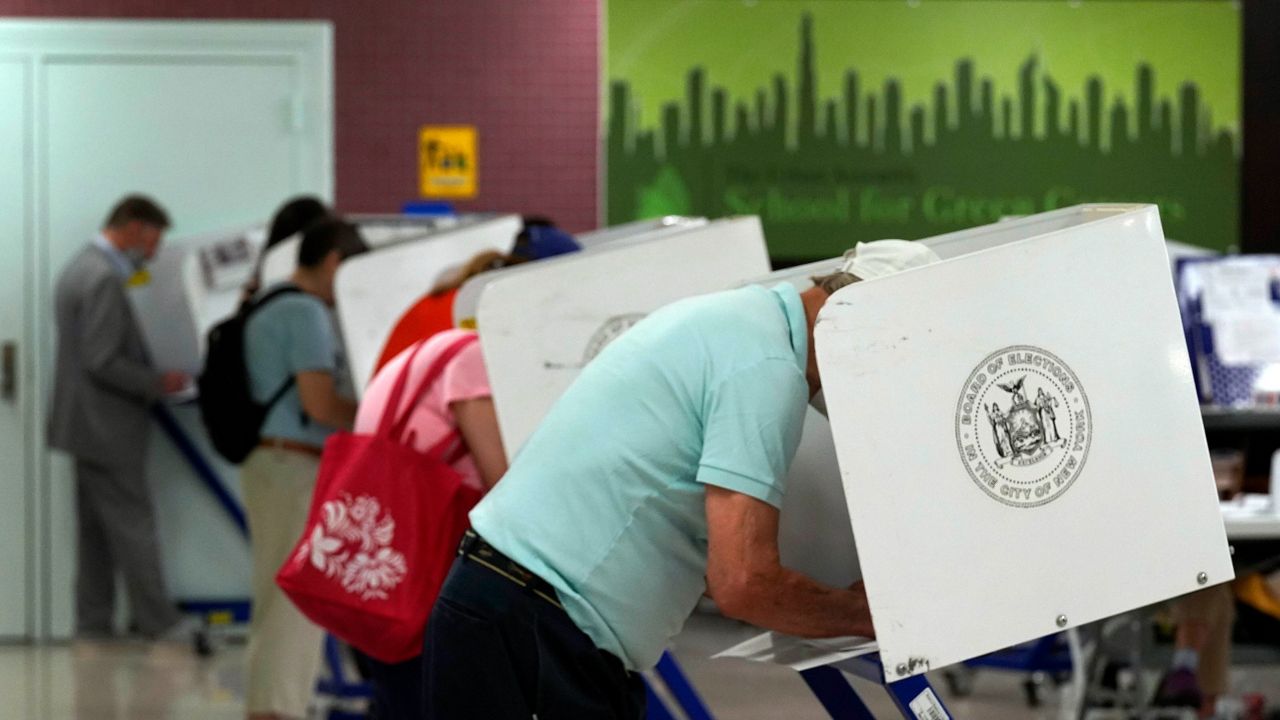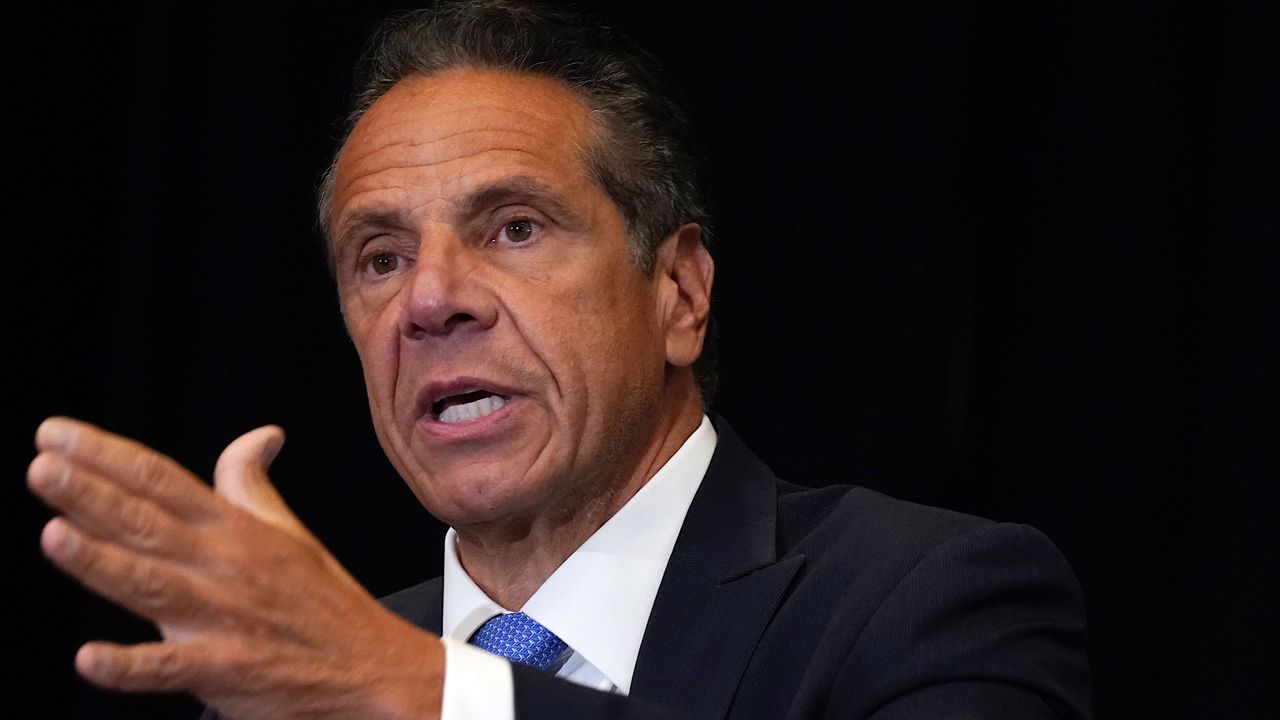Earlier this year, state lawmakers voted to establish a statewide system of publicly financed campaigns, much like we already have here in the city. But there was a catch: Third parties would have to meet much higher standards to keep their ballot position in New York.
Previously, parties like The Working Families, or WFP, had to receive 50,000 votes on its ballot line in order to maintain its position. But that threshold was raised to 130,000 votes or 2% of the total vote.
“The Working Families Party emerged stronger than ever after this electoral cycle,” said Sochie Nnaeneka, the director of New York’s Working Families Party. “That’s both from securing our ballot line. At present we have some 293,000 New Yorkers who voted in person for Joe Biden and Kamala Harris on the Working Families line on Election Day, with absentee ballots still pending.”
In the final vote tally certified Thursday, Biden and Harris received more than 386,000 votes on the WFP line, including absentees, or 4.5%.
Cuomo has said he is glad the Working Families Party met the new requirement, but he’s had a rocky relationship with the party’s leadership. In 2018, the WFP endorsed Cynthia Nixon in the Democratic Primary for governor, and many believe the higher vote threshold was his attempt to kill the party altogether as revenge.
That didn’t happen. But two parties that did get knocked off were the Independence Party and the Green Party.
“We were not cross endorsing. We were not up for sale. We weren’t doing transactions. We weren’t doing deals. We had our own alternative program,” explained Howie Hawkins of Green Party.
Unlike the Green Party, which ran its own candidates, the WFP and Independence Parties often endorse incumbents in a process known as fusion voting.
The Conservative Party also cross endorses incumbents, and that party was one of the few to survive the higher vote totals required as well.
“When you go from 7 or 8 political parties to 4, all the remaining parties, particularly the third parties, will have a bigger role to play and that is the Conservative and left wing Working Families Party,” said Gerard Kassar of Conservative Party.
Third parties in New York State generally receive between 15% - 20% of the vote during an ordinary election. What remains to be seen is if that will translate into more votes every year for the few third parties that remain on the ballot.









